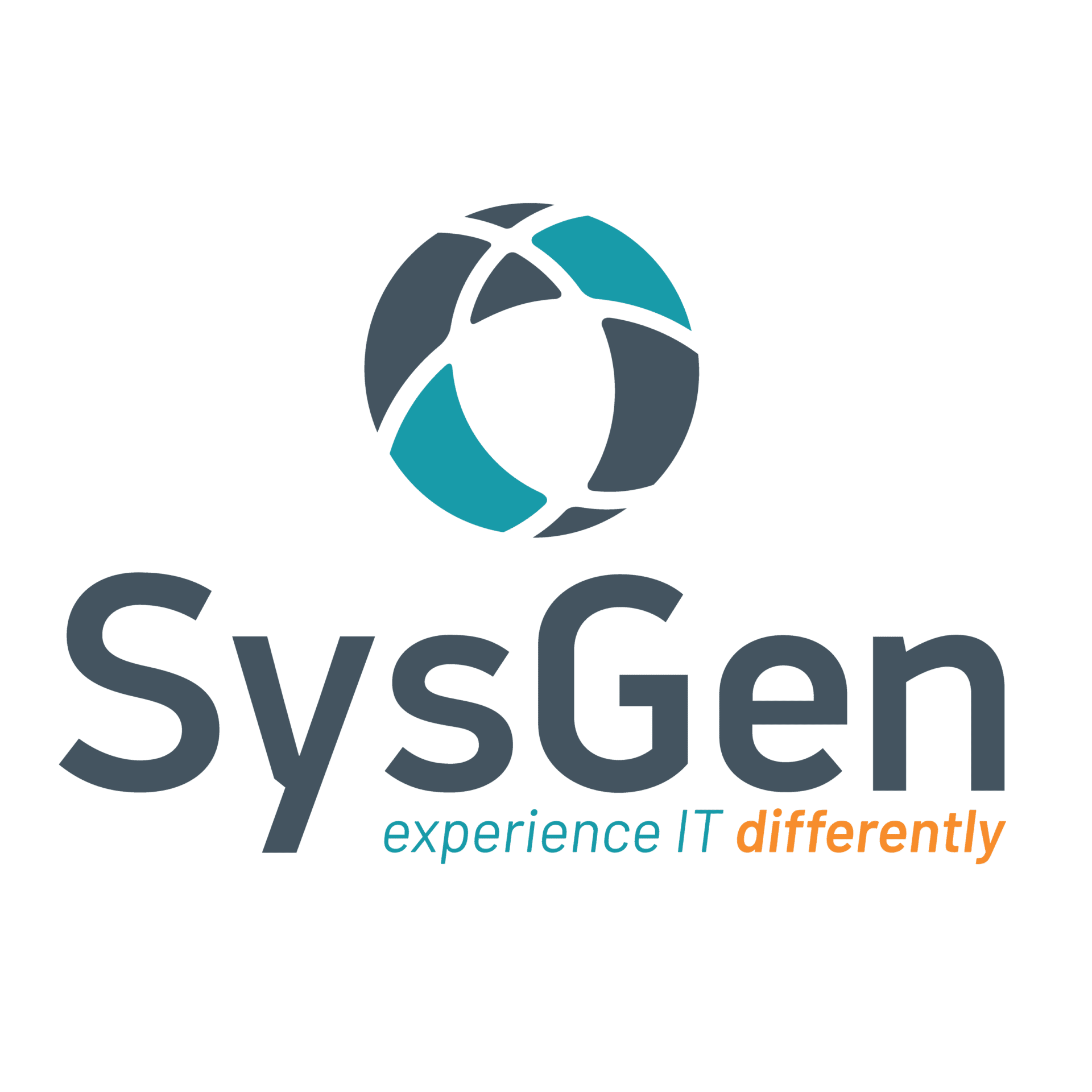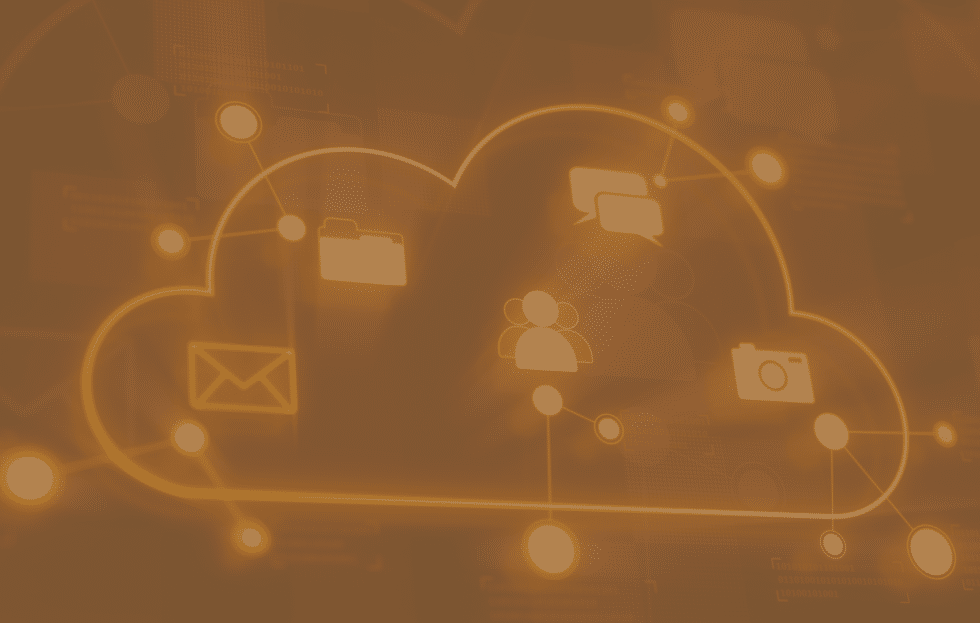Cloud migration is quickly becoming a mainstream practice for businesses. In the first quarter of 2021, $42 billion was spent by companies globally on cloud infrastructure. But what is cloud computing? And how does it improve efficiency in the workplace? In this beginner’s guide to cloud computing, you’ll learn the basics of cloud computing, the benefits of serverless computing and how cloud computing will propel your business into the digital age.
Table of Contents
What is Cloud Computing?
Cloud computing is the delivery of on-demand IT services such as storage, databases, software, analytics, and servers over the internet. The cloud computing model creates accessibility to computing resources allowing for organizational and operational efficiency. This resource allows you to access documents, information, and data wherever you are on any device.
Cloud software is the vehicle for cloud computing and hosting so that it can be easily reached on the internet. It allows all your devices, including computers, laptops, phones and tablets to be points of access to the cloud, creating a secure environment for your information and data.
Cloud computing also refers to the technology that powers a cloud, including virtualized IT infrastructure, which is the transformation of TI assets into a virtual version.
Virtualization is a cloud computing technology that uses software to simulate the existence of hardware and create a virtual computer operating system. It enables multiple machines to run on a single piece of hardware.
Cloud computing and the technologies around it can feel confusing and out of reach for some. However, the cloud impacts nearly everyone’s daily life. If you use a mobile device or computer at work and home, you are using cloud computing software.
This can be on personal devices such as using Google Gmail, streaming media sites, or storing files on Dropbox. It could also be for work purposes through Microsoft Office or Google Suite.
Integrating the cloud into our daily lives has been an ongoing process, but well worthwhile. Migrating to the cloud in a business space has similar benefits with documents, data, and information at our fingertips.
How Does Cloud Computing Work?
What is cloud technology? Cloud computing relies on cloud technology, which is an on-demand technology that pools IT resources on the internet. These pooled resources include storage, application, and other services. Cloud applications like Microsoft Office or Google Docs are hosted by their hosting company. This means they are held accountable for maintaining the data centers that provide secure and reliable broad network access to the information stored. The third-party hosts maintain data centers, and users pay for the ability to use their clouds and the ecosystem that allows access to information from multiple entry points and devices. Daily, we have this interaction when accessing a file on OneDrive or listening to streaming services on our phones or computers.
What are the Benefits of Cloud Computing
Serverless computing is used in our daily lives, but its power can often be untapped in business. This type of computing provides a variety of benefits for organizations.
It creates a seamless experience, enabling secure hybrid work options for enhanced productivity. Cloud software, resources and services are an essential step toward optimizing data storage costs, managing data assets, and ensuring continuity.
Optimize Data Storage Costs
Cloud-managed services allow your business to control and predict your budget with data storage management. Cloud software and deployment models will enable you to eliminate the capital expense of buying and housing hardware and software.
Instead, your data is managed by IT experts, and your business only pays for the storage based on your needs.
Ongoing Cloud Monitoring and Management
Cloud-managed service providers are dedicated to ensuring their environments are secure, with a commitment to patching and following security best practices.
Engaging with one of these service providers ensures that these spaces are updated consistently.
Speed and Productivity
Cloud computing services are on-demand, meaning your business has immediate access to many resources instantly. This gives room for flexibility and creates an environment conducive to productivity.
Moreover, the ease of using a cloud-managed service omits the costly and time-consuming need to maintain on-site servers.
Business Continuity
With cloud, business continuity is a key benefit. Cloud security ensures that data back ups are automated, and disaster recovery is easy with minimal damage and downtime.
Types of Cloud Computing
Cloud computing enables the ability to store and access data and programs over the internet as an alternative to the local computer or server’s hard drive.
Connecting to the Cloud is a key consideration regarding this kind of computing.
Selecting Virtual Private Networks, Remote Desktop Servers, or Virtual Desktop Infrastructure as your business point of connection impacts how your business interacts with and uses this technology.
When selecting a type of Cloud computing, your business should focus on how quickly it needs to access data, privacy requirements, cost, and user interface customization. Each of the three possibilities mentioned serves each of these needs differently.
Types of Cloud Services
Serverless computing via the cloud is deployed in three models: public, private, and hybrid. Each cloud deployment model has strong benefits and selecting a deployment model depends on your business’s needs.
Moreover, there are different categories of cloud delivery models. Cloud is offered as a service model through infrastructure, platform, or software-as-a-service (SaaS).
These options impact the levels of customization your business can impose on the cloud model and the ease of deployment.
Atmosphere, SysGen’s private cloud service offering, is specifically tailored for small and medium-sized businesses. This enables organizations to access enterprise-grade hardware at a reasonable cost, ensuring technology runs quickly, and data is stored safely.
Why Cloud Computing?
The central question when shifting from on-site servers to cloud computing determines the importance of uptime to your business and how critical it is to avoid downtime.
Cloud solutions can be more expensive than an in-house server, but the benefits of being in the Cloud far outweigh the costs for some businesses.
- Mobility and Flexibility: Cloud allows for location independence, which means data can be accessed from anywhere with the internet. In contrast, on-site servers limit data access depending on where it is housed.
- Ease of Collaboration: Atmosphere allows you to work across multiple devices anywhere, at any time. Platforms like Microsoft Teams rely on the Cloud to store data so that team members can access files.
- Scalability: Atmosphere grows with your company, easily expanding capacity or reducing unused capability for cost savings. With on-site servers, they will require manual backups and have no recovery time guarantee.
- Performance: Cloud servers are ready for deployment at any time and are managed by a provider responsible for overseeing their functioning and ensuring your data is secure.
Advantages of Cloud Computing
There are three critical advantages of cloud computing, which include the following: cost efficiency, security, and business continuity.
Security
Storage centers that house data are stored securely in the physical sense and in terms of the policies and best practices used to ensure data is protected. Atmosphere, SysGen’s cloud service stores data in a Tier 3 data center, the safest, most secure facility.
Data Recovery and Business Continuity
Cloud security is robust and ensures minimal downtime. Even if some infrastructure fails, service will be unaffected, and business continuity will be achieved.
Cost and Pricing
Serverless computing use a utility-style pricing model, meaning you pay only for the storage you need and avoid maintenance costs. Conversely, on-site servers require extensive initial capital inputs and long-term maintenance, security, and upgrading costs.
Who uses Cloud Computing?
As discussed earlier, cloud computing software is a part of our daily lives. We use cloud computing when streaming services, listening to music, or watching television. Businesses use cloud computing daily to optimize tasks and ensure effective data and information management.
Example of Cloud Computing
A most common example of cloud computing is Netflix, which uses Amazon Web Services (AWS) to provide secure and reliable content to users. But cloud computing is not limited to streaming businesses and is heavily leveraged for businesses focusing on E-commerce. Etsy, for example, uses the Google Cloud platform to manage daily transactions.
How Do I Get Started?
Cloud computing is quickly becoming the standard for many businesses. Today, 94% of all enterprises use cloud solutions to store their data. It has become a crucial tool for companies to interact with customers, share their offerings and create operational efficiency internally. With SysGen’s cloud solutions experts, you can connect your business to the cloud. We can optimize cloud-managed services for your business by understanding your business goals and data needs.
Learn about SysGen's Cloud Managed Services Offering



